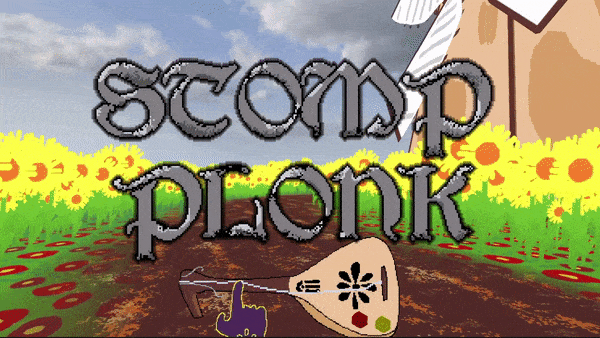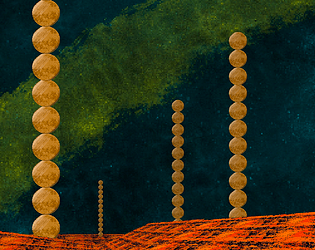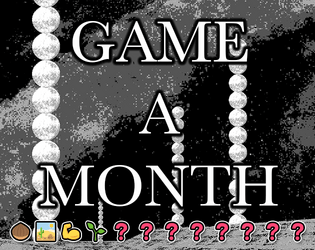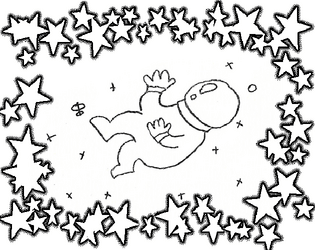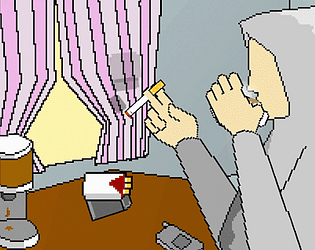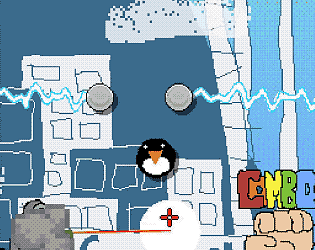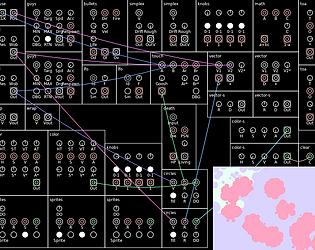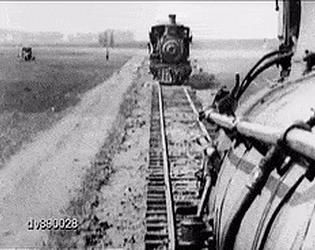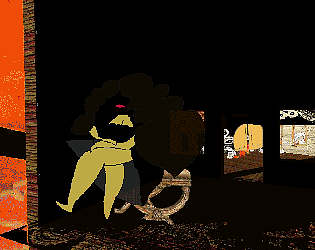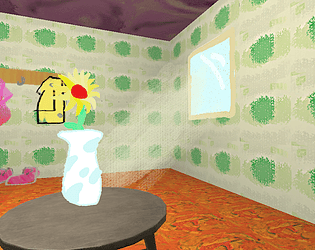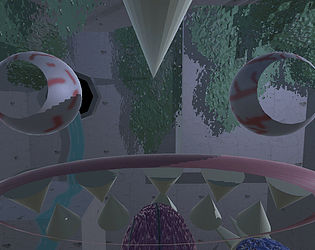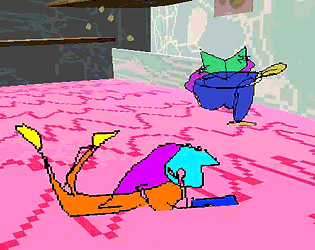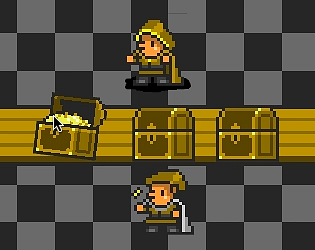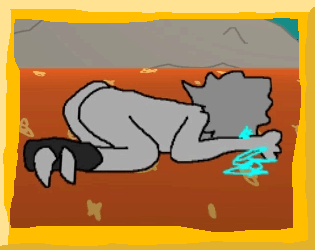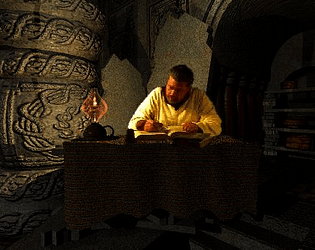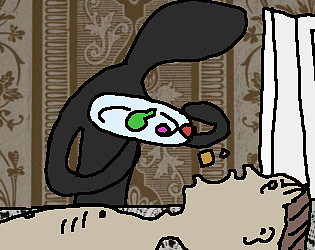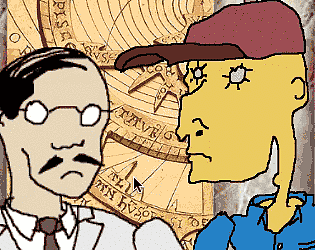At first I thought the two were in different spaces and never could meet, and I thought that you'd been cynical about love and about that big wonderful chorus, and that this and our world was big and empty and forever parallel, but i mustered up a little faith and found where my little bug was hiding and it all came together, and IIIII had a feeling that i belonged and iiiiii had a feeling i could be someone be someone be someone
love you and miss you moochi, i hope we'll all find that place where we belong and can be someone. i'm doing a lot of dancing these days. i swear i have games cooking but its slow going lol


